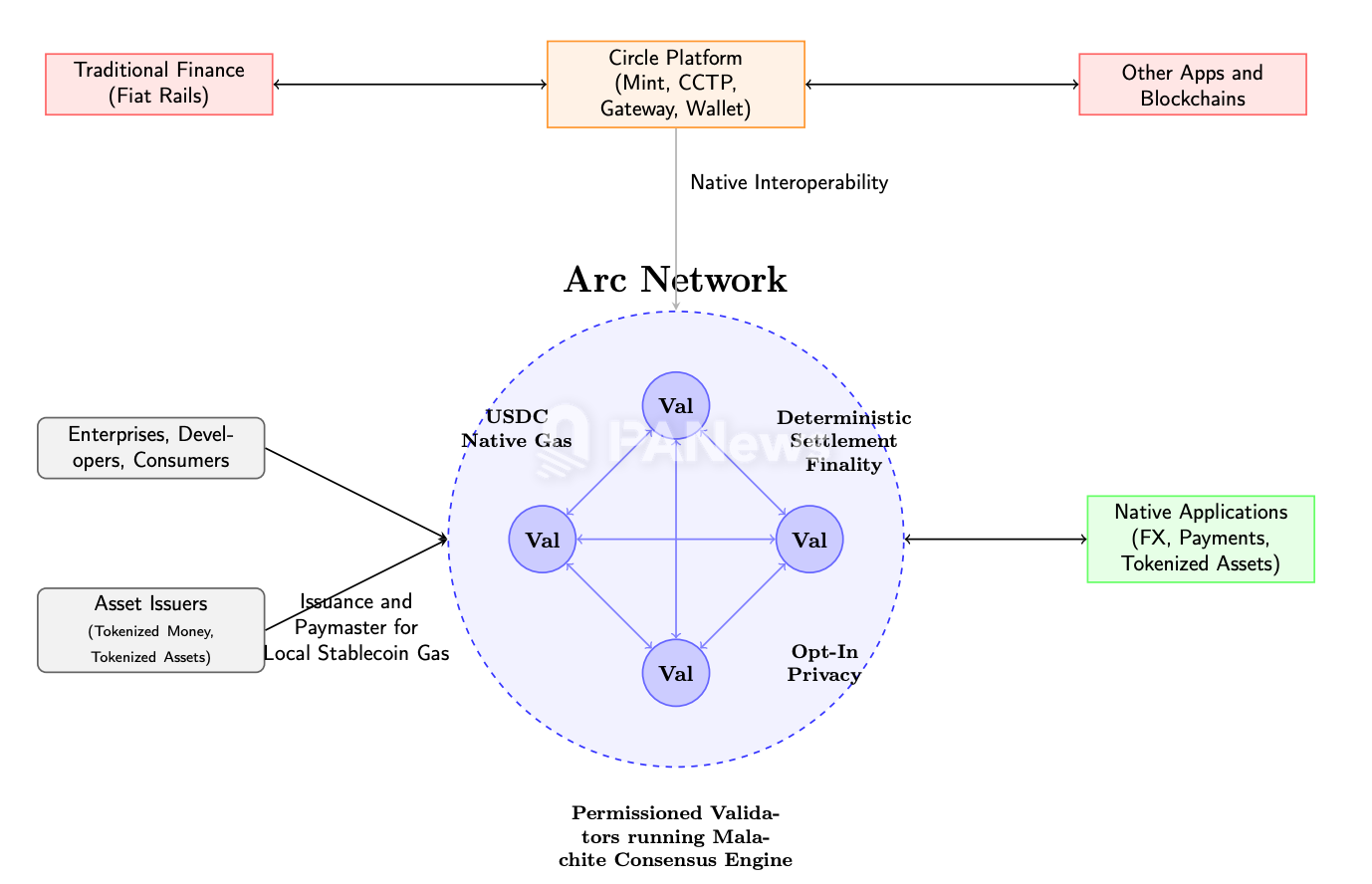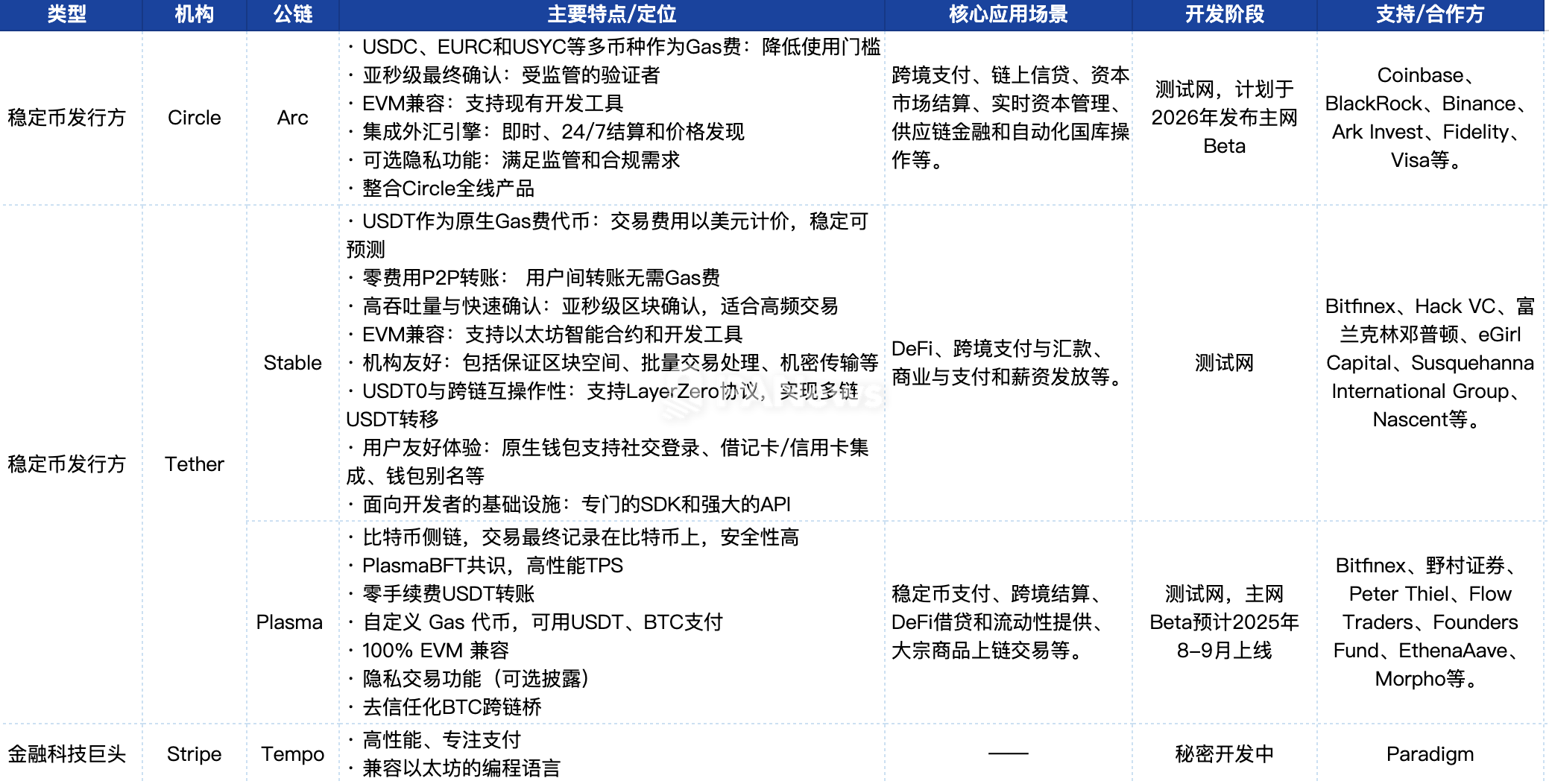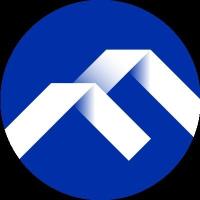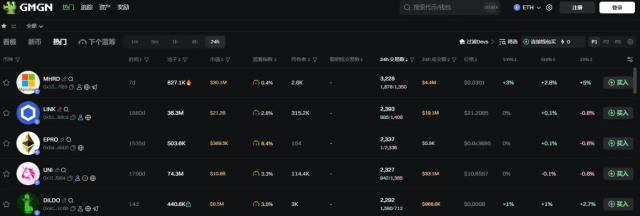Author: Nancy, PANews
Original Title: Circle and Stripe Enter the Public Chain Arena, Full-Scale War in Stablecoin Public Chain Begins
The infrastructure war for stablecoins has already ignited in this hot summer. Currently, giants like Tether, Circle, and Stripe have begun developing their own blockchains, attempting to upgrade from simple on-chain payment tools to enterprise-level financial infrastructure. In this new battlefield, payment experience, liquidity, and compliance advantages will become key bargaining chips for all parties.
Circle to Launch L1 with Optional Privacy Features
On August 12th, Circle released its first performance report after going public. Despite a net loss of over $480 million due to non-cash expenses related to the IPO, Circle demonstrated steady growth with a 53% year-on-year revenue increase and a 90% surge in USDC annual circulation, leveraging compliance advantages and ecosystem subsidy strategies.
With the official implementation of the US stablecoin bill GENIUS, the stablecoin development has reached a historic turning point, significantly expanding growth space. As more traditional financial institutions enter the market, competition intensifies. Consequently, Circle has set its sights on stablecoin payment infrastructure, seeking to expand diverse revenue channels.
On the earnings night, Circle dramatically announced the upcoming launch of Arc, an open Layer 1 blockchain designed specifically for stablecoin native applications. The aim is to create a blockchain platform that balances efficiency, compliance, and developer-friendliness to meet the stringent demands of enterprise-level finance.
"Arc is a critical moment in building our full-stack platform for internet financial systems. It combines the stability of stablecoins with the openness of blockchain, providing a trusted and efficient platform for enterprises, developers, and financial institutions, helping the global economy enter the programmable money era," said Circle CEO Jeremy Allaire.
Arc is positioned as an operating system for global financial innovation, supporting core applications like cross-border payments, on-chain credit, and capital market settlements. It also provides secure, automated on-chain transaction capabilities for machines, systems, and AI agents, supporting complex financial scenarios such as real-time capital management, supply chain finance, and automated treasury operations.
According to official introduction, Arc is built on the high-performance consensus engine Malachite developed by Informal Systems, with 4 to 20 regulated, geographically distributed renowned institutions serving as validators. It achieves sub-second transaction finality, with final confirmation times below 100-350 milliseconds, greatly enhancing transaction speed and efficiency to meet high-value financial scenarios. As an EVM-compatible blockchain, Arc allows developers to quickly leverage existing ecosystems and tools to build and deploy diverse stablecoin financial products. In its consensus design, Arc follows a familiar alliance chain architecture, with nodes having access thresholds that are undoubtedly favored by regulators.
Arc uses USDC as its native Gas and adopts a dynamic fee market similar to Ethereum's EIP-1559, providing low and predictable dollar-denominated fees, solving enterprises' reluctance to hold volatile crypto assets for gas fees. Besides USDC, Arc plans to support EURC, tokenized short-term treasury fund USYC, or tokenized currency for gas fees through Paymaster, lowering the usage threshold for multi-currency markets. Additionally, Arc has an built-in institutional-level RFQ quote system forex engine for instant, 24/7 settlement and price discovery between stablecoins. Moreover, Arc offers optional privacy protection to help enterprises compliantly handle sensitive data (hiding amounts while keeping addresses visible), meeting regulatory and compliance needs while deeply integrating Circle's entire product line to build a stablecoin financial hub.
Arc's private testnet is expected to launch in the coming weeks, with a public testnet planned for this autumn, and the mainnet Beta anticipated for official release in 2026.
Multiple Institutions Competing, Stablecoin-Specific Chains May Become Trend
In the stablecoin field, Circle is not the first issuer to attempt building its own chain.
"Some companies' strategies look exactly like moths flying into a flame," Tether CEO Paolo Ardoino's comment after Circle's official announcement, was interpreted by the industry as a subtle mockery of competitors.
As the world's largest stablecoin issuer, Tether has already taken the lead, first launching two blockchains optimized for stablecoins: Plasma and Stable, aimed at accelerating USDT's global payment and clearing applications through zero-fee transactions, high throughput, and dedicated stablecoin infrastructure.
Stable's positioning is similar to Circle's Arc, both targeting institutional, EVM-compatible stablecoin-specific L1 chains, hoping to replace general-purpose public chains in cross-border payments, settlements, and compliance scenarios. However, they differ significantly in fee structures, target markets, compliance, transparency, and technical architectures.
For instance, in terms of fees and gas mechanisms, Stable uses USDT as its native gas token with zero-fee P2P transfers and supports dollar-denominated smart contracts. This design caters to retail users (no pressure for small transfers) and facilitates institutional cross-border settlements and on-chain micropayments. Arc, on the other hand, supports multiple stablecoins like USDC and EURC as gas tokens and deeply integrates Circle's forex services, CCTP V2 cross-chain protocol, and Circle Gateway, making it more suitable for institutions needing multi-currency, cross-border seamless liquidity.
In terms of compliance and transparency, Arc leverages Circle's US registration and IPO compliance background, with USDC reserves 100% backed by cash and US Treasury bonds, audited monthly by a Big Four accounting firm, complying with multiple national regulatory frameworks like the EU's MiCA. This full transparency and high compliance is the "safety cushion" institutions prefer, but also means high costs and low profit margins. Stable, relying on Tether's market dominance, has more high-yield but high-risk assets in its reserves, with less transparent information disclosure. This limits its penetration in strictly regulated markets while maintaining higher profitability.
In project progress and capital support, Stable has launched its testnet and completed a $28 million seed round led by Bitfinex and Hack VC. Arc has not yet entered the testnet stage but is backed by the resources and credit of heavyweight institutions like Coinbase and BlackRock.
This L1 stablecoin public chain war is not just a game for crypto-native companies. Recently, fintech giant Stripe was reported to be collaborating with crypto venture capital firm Paradigm to develop Tempo, an L1 blockchain focused on payments. The chain will be compatible with Ethereum programming languages, positioned as an efficient, low-friction payment settlement network. Although Tempo is still in stealth development with a team of only 5 people, Stripe's accompanying moves demonstrate its ambitions, including an $1.1 billion acquisition of stablecoin infrastructure company Bridge and crypto wallet developer Privy. This means Stripe is building a full-stack crypto payment infrastructure from issuance to custody and settlement.
This stablecoin-specific chain trend may attract more participants. Previously, stablecoins mainly relied on public chains like Ethereum and Tron, lacking underlying networks tailored for payment, clearing, and compliance scenarios. Now, as stablecoins enter mainstream financial markets and assume larger cross-border payment and financial settlement roles, more institutions developing their own chains will become a trend. However, building an L1 from scratch means facing multiple challenges in technical security, ecosystem cold start, economic incentives, and regulatory compliance, with massive investment and concentrated risks. In comparison, building an L2 on mature public chains offers slightly lower autonomy but inherits existing security and liquidity, quickly accessing developer and user ecosystems, which might become a more efficient, low-risk compromise for some institutions.
Twitter: https://twitter.com/BitpushNewsCN
Bitpush TG Group: https://t.me/BitPushCommunity
Bitpush TG Subscription: https://t.me/bitpush










